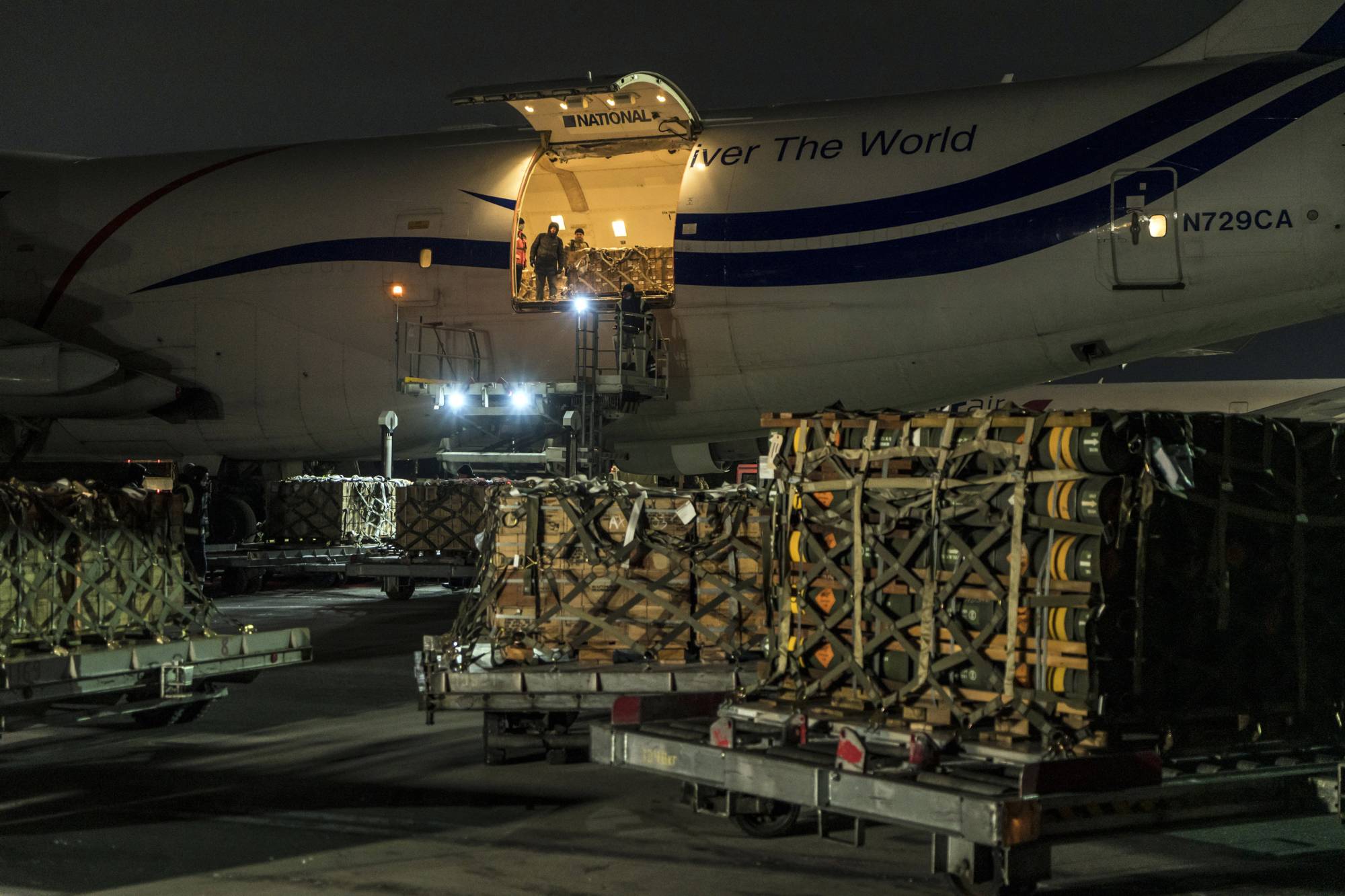On a snowy tarmac at Amari Air Base in northern Estonia on Sunday morning, pallets of rifles, ammunition and other weapons were being loaded onto one of the largest cargo planes in the world, an Antonov AN-124, belonging to the Ukrainian air force. It is an artifact of the Cold War, built and purchased when Ukraine was still part of the Soviet Union.
Now it is being turned back against the Russian invasion of Ukraine, part of a vast airlift that American and European officials describe as a desperate race against time, to get tons of arms into the hands of Ukrainian forces while their supply routes are still open. Scenes such as this — reminiscent of the Berlin airlift, the famed race by the Western allies to keep West Berlin supplied with essentials in 1948 and 1949 as the Soviet Union sought to choke it off — are playing out across Europe.
In less than a week, the United States and NATO have pushed more than 17,000 antitank weapons, including Javelin missiles, over the borders of Poland and Romania, unloading them from giant military cargo planes so they can make the trip by land to Kyiv, the Ukrainian capital, and other major cities. So far, Russian forces have been so preoccupied in other parts of the country that they have not targeted the arms supply lines, but few think that can last.



